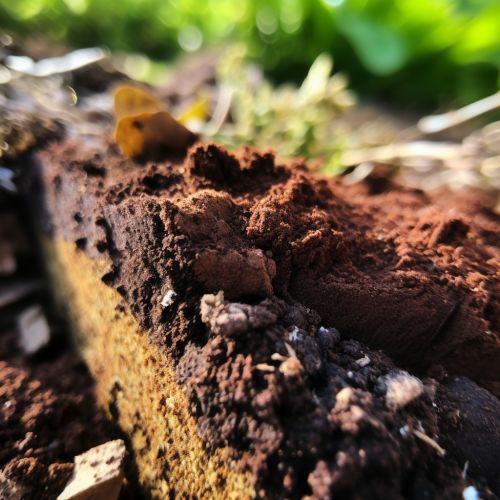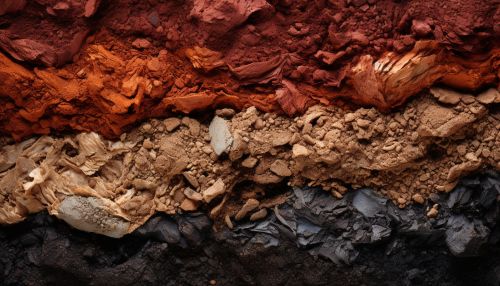Soil Science
Introduction
Soil science is the study of soil as a natural resource on the surface of the Earth including soil formation, classification and mapping; physical, chemical, biological, and fertility properties of soils; and these properties in relation to the use and management of soils. Sometimes terms which refer to branches of soil science, such as pedology (formation, chemistry, morphology, and classification of soil) and edaphology (how soils interact with living things, especially plants), are used as if synonymous with soil science. The diversity of names associated with this discipline is related to the various associations concerned.
Soil Formation
Soil formation, or pedogenesis, is the combined effect of physical, chemical, biological and anthropogenic processes working on soil parent material. Soil is said to be formed when organic matter has accumulated and colloids are washed downward, leaving deposits of clay, humus, iron oxide, carbonate, and gypsum, producing a distinct layer known as the B horizon. This is a somewhat arbitrary definition as mixtures of sand, silt, clay and humus will form a soil as long as the resulting compound is capable of supporting plant life.
Soil Classification
Soil scientists use a soil classification system to group soils based on their properties and how they were formed. The IUSS World Reference Base for Soil Resources (WRB) is commonly used at the international level. Other classification systems include the USDA soil taxonomy and the Australian Soil Classification.
Soil Properties
Soil properties are determined by both the inherent traits of the soil and the dynamic properties that can be influenced by environmental factors or human activities. These properties can be classified as either physical, chemical, or biological.
Physical Properties
Physical properties of soil include color, texture, structure, porosity, density, and permeability. These properties play a crucial role in how the soil functions and its suitability for different uses.


Chemical Properties
Chemical properties of soil include pH level, nutrient content, and cation exchange capacity (CEC). These properties determine the soil's fertility and its ability to retain and supply nutrients to plants.
Biological Properties
Biological properties of soil refer to the living organisms within the soil, including bacteria, fungi, insects, and earthworms. These organisms contribute to nutrient cycling, decomposition of organic matter, and the creation of soil structure.
Soil Management
Soil management involves practices that seek to protect and enhance the condition of the soil for agricultural productivity, environmental sustainability, or land restoration purposes. This can include practices such as crop rotation, cover cropping, soil amendment with organic matter, and minimizing soil erosion.
Soil and the Environment
Soil plays a critical role in the environment by providing ecosystem services that are essential to human life and the functioning of the Earth's ecosystems. These services include nutrient cycling, water filtration, carbon sequestration, and habitat provision for many species.
